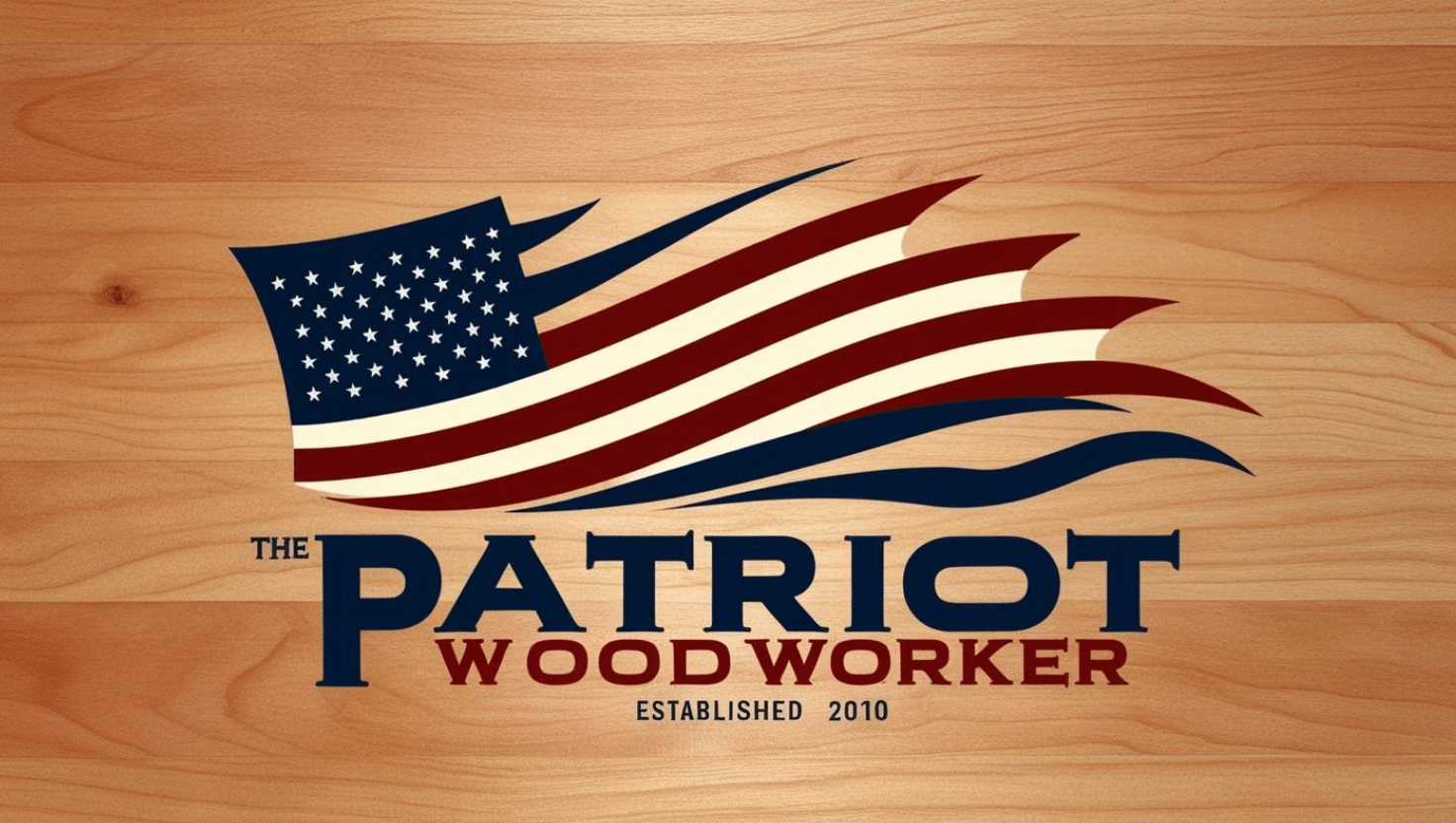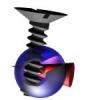Search the Community
Showing results for tags 'knob'.
-
From the album: Knob Making Jig
By sliding the bar under the knob I can cut a knob square blank from 1.5' to 3". The hole saw that cuts the corners off the blank is 3/4". I use a 1/4" insert nut in the center of the knob. -
Ok...here goes...not a very large item Large end is 5/8" in diameter, narrow part is 7/16", hole seems to be 3/16" Large end has knurling, and the end is champfered ....the small end ? Has a perfectly round dimple...only markings on this D. T. 1 1 I haven't a clue as to what, when, or where this was for. Good luck..
-
.thumb.jpg.573d1497d0675219908c85aabefd797a.jpg)
Replacing Shopsmith Bandsaw Access Door Allen Screws
John Morris posted a topic in Shopsmith Tips and How To's
Just a little tech tip, the one thing I absolutely dislike about my Shopsmith bandsaw, is later on in their infinite wisdom, they decided to remove the convenient band saw access door knobs with allen screws. So when you need to get in and change a blade, you have to break out the allen wrench and unloosen three screws, a tad time consuming, not horribly, but why? So I was goofing around a couple days ago and just happened to look at the table saw fence knobs, and a rare flash of light materialized in my lil ol pea brain, and I thought to self, hey self, those fence knobs sure look like they'd replace those allen screws on the bandsaw very nicely. Because one of the cool things about the Shopsmith, is everything seems to fit everywhere else, in many regards, so why not these knobs? Allen screws for access door, gotta be taken out to access for cleaning, adjustments and blade changes. Not a deal breaker, but why not knobs? These allen screws go into the band saw access door. These knobs are the ones on the tables saw fence to hold the extension tubes in place And now those knobs above, are in the bandsaw access cover below So now that I know they fit, I am purchasing additional knobs from Shopsmith for my bandsaw. Just in case any owners out there are dealing with the same frustration, this is one solution of many I am sure.- 22 replies
-
- shopsmith
- allen screw
-
(and 2 more)
Tagged with:
-
I wanted a nice tripod as a gun rest and for occasional camerawork. I settled on the big heavy studio type they are better for cameras as they dampen vibrations and for a gun rest it'll be great because of the same thing - - mass. I won't be hiking anywhere with this thing. The wood is Maple I harvested on the property. The steel is a plate I got in the fleabay, some extra heavy steel gas pipe and various A-36 grade crud steel from Hillman I got at the BORG. The knobs are blanks from Carr Lane that I drilled and tapped. Ii is only mostly done. The angle head and gun rest are not even designed yet. I have some fill work and paint to apply, Plus I need to create the locking clamp for the head and gun rest that will slide up and down in the steel pipe/tube. I'll use another Carr Lane knob for that. The sanding and applied coatings are yet to be done to the wood too. Also there is the feet to finish. I'm going to turn steel spikes for one end and put rubbers on the other. The inside leg parts will pull out and reverse to invoke the spikes or rubbers. So far I'm really happy with how it's turned out. The leg angle adjusters work flawlessly and are very robust. The action of the leg extensions is smooth as silk. And it is solid as the Rock of Gibraltar First I made these three little knuckles. They are part of how the leg angles are set and locked. The first pieces of 3/8" steel drilled with 1/2" and tapped for 5/16-18 one side and clearance through the other. I made them to be clamps by clamping them together for drilling, Then sanding 0.010" or so off the faces with the hole half then re clamping them on the 1/2" shafting and welding one end. This way when I engage the tapped hole on the end opposite the welds they would squeeze around one of the shafts locking the action. You'll see~ ~ ~ ~ ~ Then I welded up six of these below clamps for the sliding legs In the pic above you can see the one with the knob has a little flat piece of steel inside the box. That is to spread the pressure of the clamp screw across the wood to prevent damage. In the pictures of the tripod you only see three of these but there are six that will be on it in the final assembly. Then I turned three of these 2' maple shafts Of course this is not the final shape. I had to rip them and pop them in my planer to make them skinny. like so: The above is two halves re-glued together. I left a little lip at the end to fasten a block of wood. Here is the planer rig = pretty basic. It was necessary that they be very accurate in dimension and each be exactly the same as the other half. I would have to rip the glue up twice more so I glued them offset like so: And then mount little blocks to them to keep them stable and flat on my table saw To finally get this shape (see the piece in the center) Here are some of the tripod's leg angle locks From below looking up The leg height adjusts so smoothly
-
From the album: Pine Kitchen Island
A look at the non-cabinet end. also has a drawer. Legs used to be 2x4s, until I ripped them down. "Silver" knob matches the rest of the kitchen's knobs













